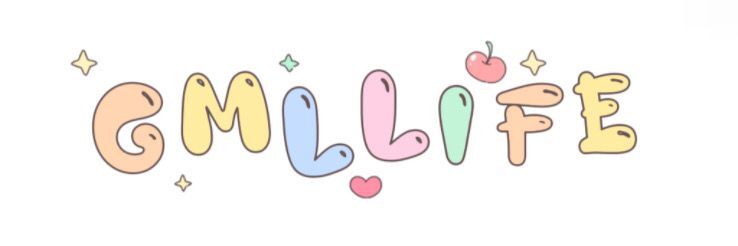How to Accurately Measure Beads for Crafts
Sep. 20, 2024
Measuring beads accurately is crucial for any crafting endeavor that involves jewelry creation, embroidery, or artistic projects featuring beads. Whether you are an experienced craftsperson or just starting, mastering the art of precise bead measurement will not only improve the accuracy of your work but also elevate the overall quality of your designs. In this article, we will delve into various techniques for measuring beads, ensuring you have the necessary knowledge and tools to enhance your craft.
Before exploring measurement techniques, let's understand the importance of accurate bead sizing. Miscalculations can result in poorly fitting designs, uneven spacing, and ultimately lead to disappointment when the piece fails to match your vision. Getting the measurements right from the beginning saves you valuable time, materials, and prevents frustration in the process. Let us start by familiarizing ourselves with the standard units of measurement used for beads.
The first concept to grasp is that beads are generally measured in either millimeters (mm) or inches (in), with millimeters being the more commonly utilized unit in bead crafting. Since bead diameters can vary widely, having a caliper or a ruler that provides precise millimeter readings is essential. Keep in mind that while many bead packages come with size labels, these can often be misleading. Hence, it is wise to verify the measurements independently.
One of the most reliable ways to measure beads is through the use of a digital caliper. This tool offers precise measurements of both outer and inner diameters of beads and is especially beneficial for smaller beads where accuracy is critical. To measure a bead with a caliper, follow these steps:
- Open the caliper jaws wider than the bead.
- Carefully place the bead between the jaws.
- Gently close the jaws so they rest securely against the bead.
- Read the measurement displayed on the screen.
If a digital caliper is not available, a traditional ruler can be utilized, although it requires a bit more attention. To measure a bead with a ruler, do the following:
- Position the bead next to the ruler on a flat surface.
- Align the bead's edge with the zero mark on the ruler.
- Carefully check the measurement at the opposite edge of the bead.
For smaller beads, a helpful tip is to place them on a sheet of paper and lightly mark their ends with a pencil before measuring with a ruler. This strategy provides a clear reference line, which is particularly beneficial for those still familiarizing themselves with various bead sizes.
In addition to measuring the beads themselves, understanding bead spacing is also essential for achieving a polished final product. To measure the gaps in your bead designs, consider using a flexible measuring tape or string. Here’s how to go about it:
Recommended article:10 Tips You Should Know About How to Create Stunning Bead Jewelry
- Cut a piece of string or thread to the calculated or desired length.
- If using a measuring tape, lay it along the desired section just as you would while measuring clothing.
- Ensure you record the total length before assessing how many beads can fit within that measurement.
When dealing with multi-strand designs or intricate bead arrangements, it is vital to maintain consistent measurements. Creating a template using cardstock where you can layout the beads before attaching them can serve as a useful visual guide, keeping everything meticulously aligned. A carefully measured bead design not only enhances aesthetic appeal but also contributes to durability.
As for measuring beading wire or thread, it’s important to consider extra lengths needed for knots or clasps. A general guideline is to add at least 10% to your total bead length or to the length you anticipate your finished piece will measure. This precaution helps to avoid unexpected issues during assembly.
Additionally, regularly checking your measurements throughout the crafting process is wise. As more beads are added, spacing may shift, and ongoing measurement can help prevent future discrepancies. Maintaining a bead journal to record sizes and spacing for future reference can also streamline your creative process on subsequent projects.
In summary, accurate bead measurement is a vital skill that significantly affects the outcome of your crafting projects. Utilizing tools such as digital calipers or flexible measuring tapes and taking the time to measure meticulously can improve not just the quality of your work, but also your crafting experience. Keep these techniques and tips handy for your next beading adventure and embrace the art of precision in your creative journey!
Happy crafting!
If you seek further information, please visit how to measure a bead, is stainless steel jewelry fake, how to tell if a crystal is real.
147
0
0

Comments
All Comments (0)